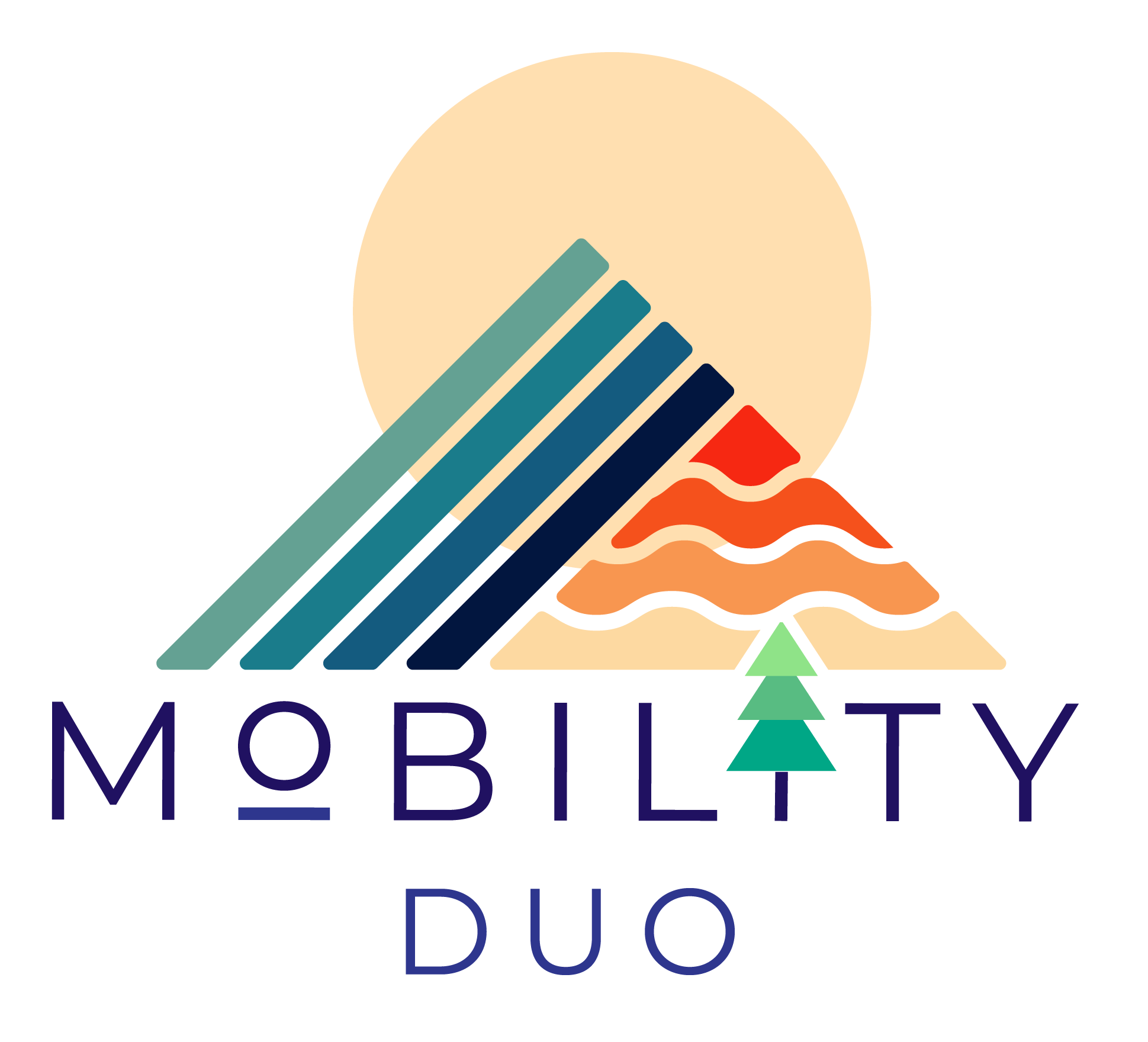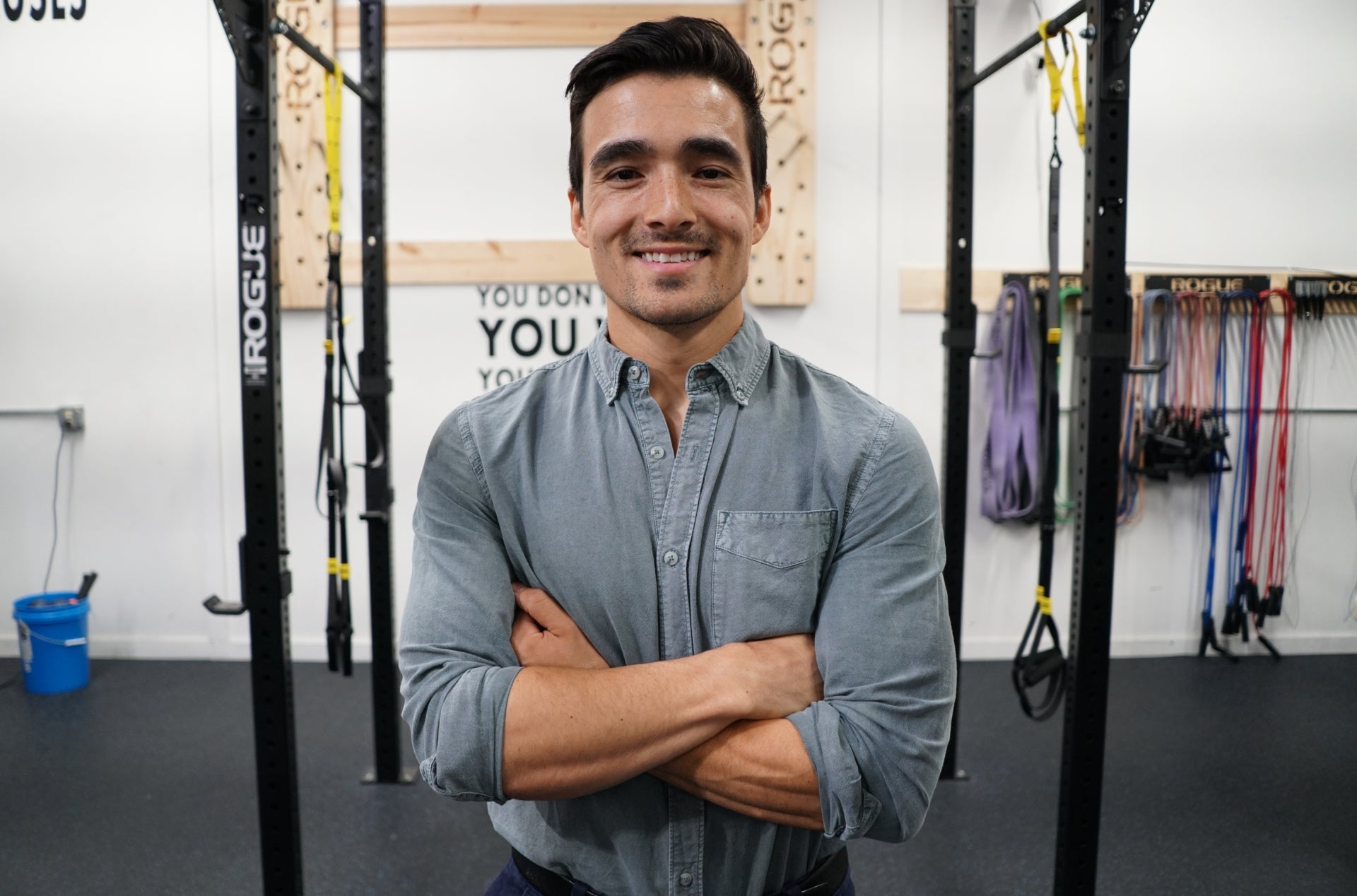As a snowboarder, snowboard instructor and Doctor of Physical Therapy, I see a lot of knee pain. It's a common complaint, but the good news is that it's often preventable! Remember, these are simply my observations and experiences, not medical advice. Let's break down some of the reasons your knees might be aching after a day on the slopes:
1. Weak Muscles (Surrounding Soft Tissue):

Snowboarding demands strength and stability from your legs, particularly your quads, hamstrings, and hips (muscles). Weakness in these areas can lead to poor control, excessive strain on your knees, and ultimately, pain.
Solution: Incorporate targeted exercises into your routine. Squats, lunges, nordic hamstring curls, and specific hip strengthening exercises (like lateral walks and hip thrusts) are your friends. Our Shred 3.0 program is specifically designed to build strength and stability for snowboarders.
2. Poor Form:

Incorrect technique or inefficiency can put extra stress on your knees. This includes things like:
-
Stiff landings: Absorb impact by flexing your knees, hips and ankles, not landing with locked (stiff) legs.
-
Twisting motions: Sudden pivots or awkward turns can strain your knee ligaments.
-
Overextension: Hyperextending your knees (locking them back) can put excessive pressure on the joint.
Solution: Focus on proper form and technique. Consider taking a lesson from a qualified instructor to refine your skills. SNOGA can also help improve your body awareness, flexibility, and control, leading to better form on the slopes. Introducing the appropriate amount of stress over time versus overloading in one instance is the goal. Remember, those no wrong way to snowboard, simply safe and efficient.
3. Ill-Fitting Gear:

Your boots and bindings play a crucial role in knee health. This is by far the most common complaint we see and can absolutely negatively affect how your day goes.
-
Boots that are too big or too soft: Can allow your feet to move excessively, leading to instability and strain on your knees.
-
Bindings that are misaligned or too tight: Can restrict natural movement and force your knees into awkward positions.
Solution: Invest in quality boots and bindings that fit properly. Get a professional boot fitting to ensure optimal support and alignment. Its also ok to experiment with binding angles, stance width and riding style. There is no perfect answer, only perfect to you.
4. Overuse:

Like any physical activity, snowboarding can lead to overuse injuries if you push yourself too hard, especially if you're not adequately conditioned.
Solution: Gradually increase your time on the slopes, take breaks when needed, and listen to your body. Incorporate rest days into your snowboarding schedule to allow your body to recover. Lastly, time your ride days and workout days correctly to allow you Central Nervous System to rest accordingly.
5. Previous Injuries or Conditions:

If you have a history of knee injuries or conditions like arthritis, you may be more prone to knee pain while snowboarding.
Solution: Talk to your doctor or physical therapist about strategies to manage your condition and protect your knees. They may recommend specific exercises, bracing, or modifications to your snowboarding activities.
Don't let knee pain keep you from enjoying the mountain! By addressing these common causes, you can take proactive steps to keep your knees healthy and happy all season long.



Leave a comment